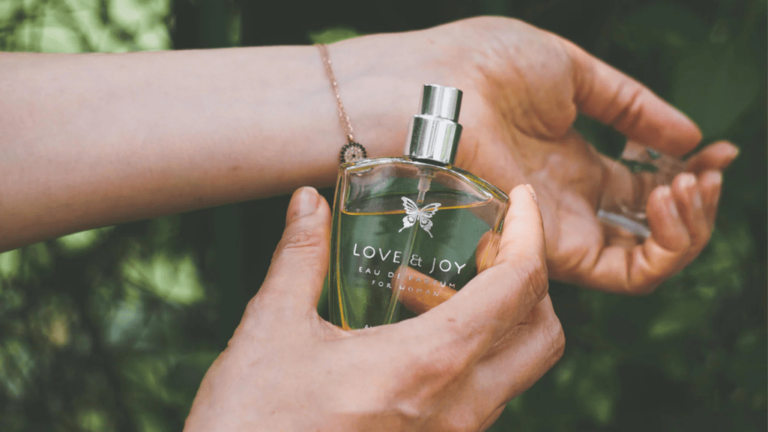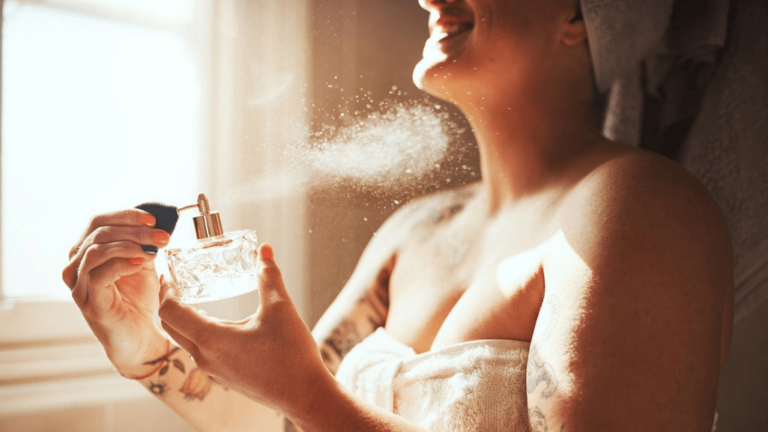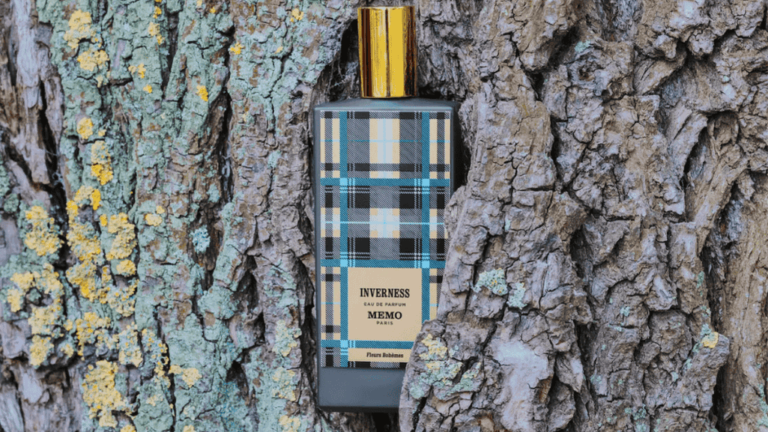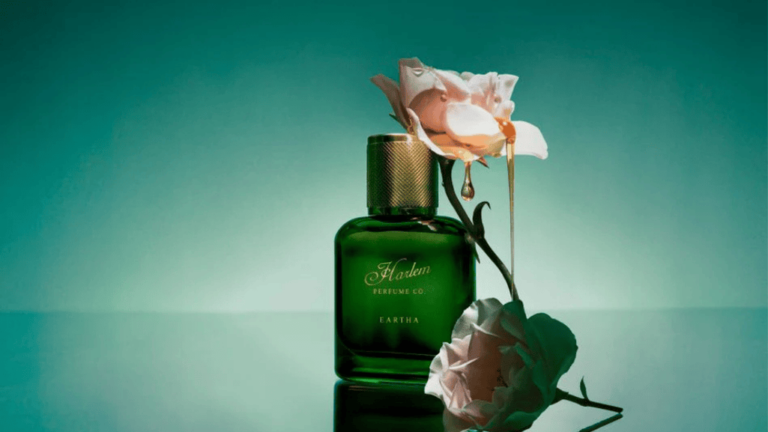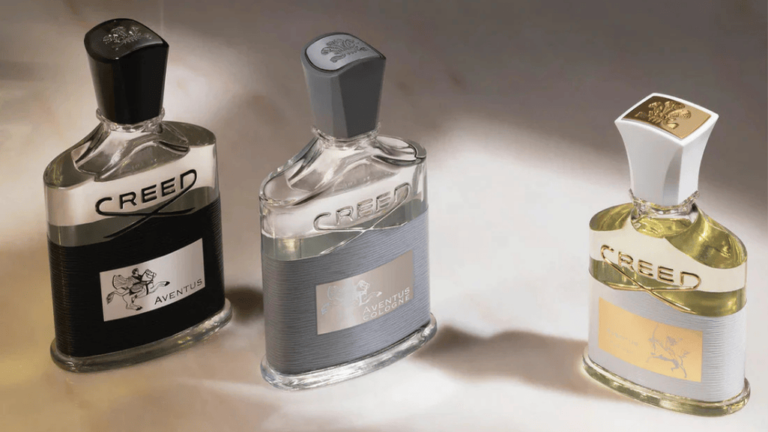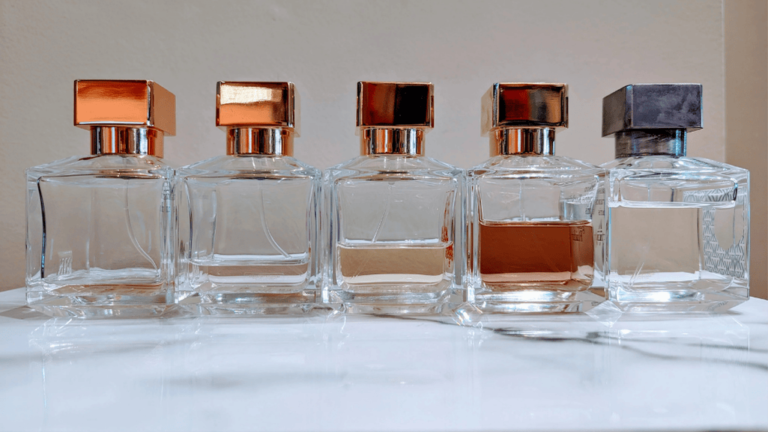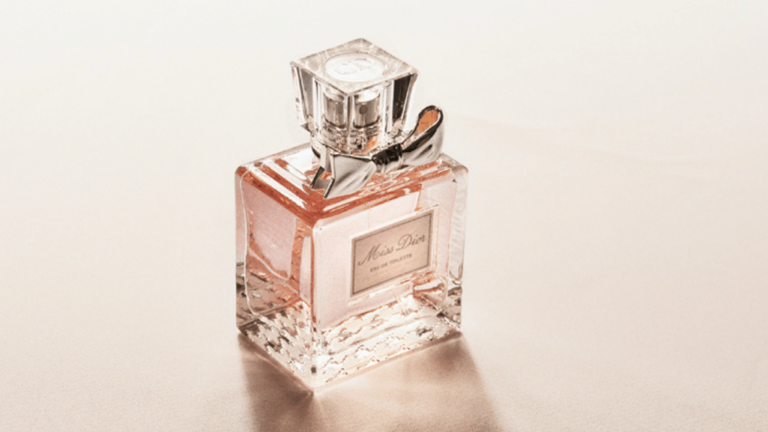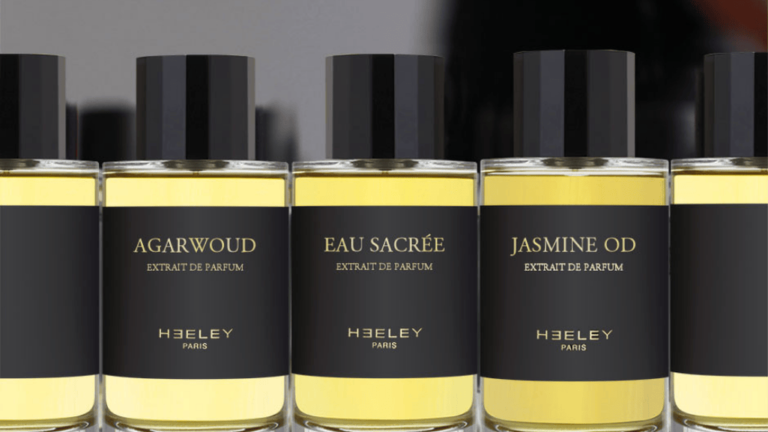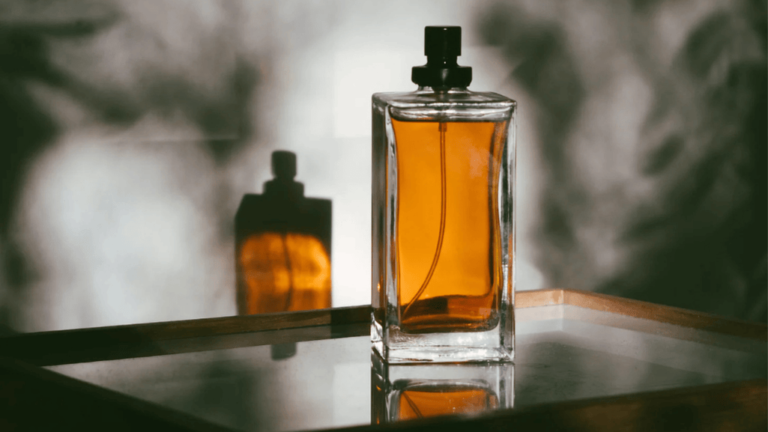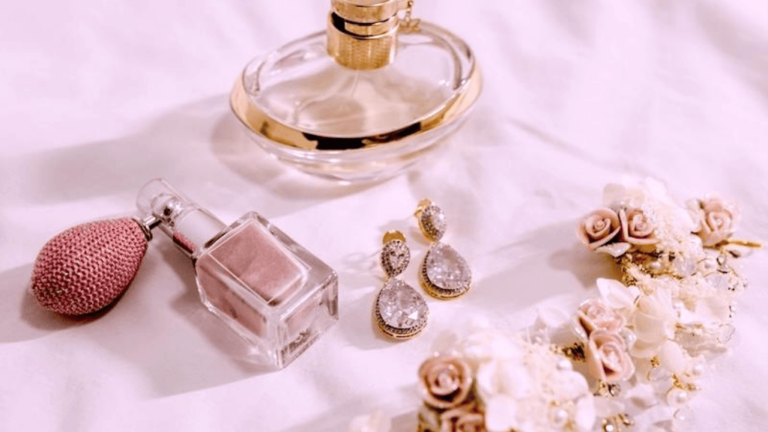Are you familiar with terms like What is the difference between toilette and parfum? Do you know the difference between the two and what they mean in terms of fragrance concentrations? If you’re unsure, don’t worry â we’re here to unravel the scent secrets for you.
When it comes to toilette and parfum, the distinction lies in their fragrance concentrations. Eau de toilette typically contains between 8 percent and 12 percent fragrance oil, while eau de parfum boasts a higher concentration, ranging from 12 percent to 18 percent. However, please note that these concentrations may vary depending on the brand or product.
The term “toilette” refers to a less concentrated fragrance, while “parfum” represents a richer and more long-lasting scent. But it’s important to emphasize that the percentage of fragrance oil in a perfume does not necessarily indicate its quality; rather, it reflects the intended effect and the type of perfume being created. In general, eau de parfum is more concentrated and offers a longer-lasting and more aromatic application.
Key Takeaways:
- Eau de toilette typically contains between 8 percent and 12 percent fragrance oil.
- Eau de parfum boasts a higher concentration, ranging from 12 percent to 18 percent.
- The term “toilette” refers to a less concentrated fragrance, while “parfum” represents a richer and more long-lasting scent.
- The percentage of fragrance oil in a perfume does not necessarily indicate its quality.
- Eau de parfum is more concentrated and offers a longer-lasting and more aromatic application.
Exploring Fragrance Types: Eau de Toilette and Eau de Parfum
Eau de Toilette
Eau de toilette typically has a lower fragrance concentration compared to eau de parfum. It contains a concentration ranging from **8 percent to 12 percent**, making it a lighter and fresher option. The lower concentration in eau de toilette makes it suitable for daytime or office wear, as it provides a subtle and refreshing scent that is not overpowering. This fragrance type is often preferred during warmer seasons or in humid climates, as it offers a comfortable and airy experience.
Eau de Parfum
Eau de parfum, on the other hand, has a higher fragrance concentration compared to eau de toilette. It typically contains **12 percent to 18 percent** fragrance concentration, providing a richer and more intense scent experience. The higher concentration in eau de parfum results in a longer-lasting fragrance that lingers on the skin throughout the day. Eau de parfum is often favored for evening wear or special occasions when you want to make a lasting impression. It offers a deeper and more sophisticated aroma with added warmth and complexity.
When choosing between eau de toilette and eau de parfum, consider factors such as the time of year, temperature, and the occasion for which you’ll be wearing the fragrance. Eau de toilette is ideal for casual or everyday use, especially in warm weather, while eau de parfum provides a more elegant and long-lasting scent experience for formal events or cooler seasons.
Scent Strength Comparison
To better understand the difference in scent strength between eau de toilette and eau de parfum, consider the following comparison:
| Eau de Toilette | Eau de Parfum |
|---|---|
| Lower fragrance concentration | Higher fragrance concentration |
| Lighter and fresher scent | Richer and more lasting scent |
| Subtle and refreshing | Intense and sophisticated |
| Ideal for daytime or office wear | Perfect for evening or special occasions |
As shown in the comparison table, eau de toilette offers a lighter and more subtle scent, while eau de parfum provides a stronger and longer-lasting aroma. Understanding these differences will help you select the appropriate fragrance type based on your personal preferences and the desired effect.
Now that you have a better understanding of eau de toilette and eau de parfum, you can confidently explore a wide range of perfumes and select the one that best suits your style and occasion.
Diving into Fragrance Terminology
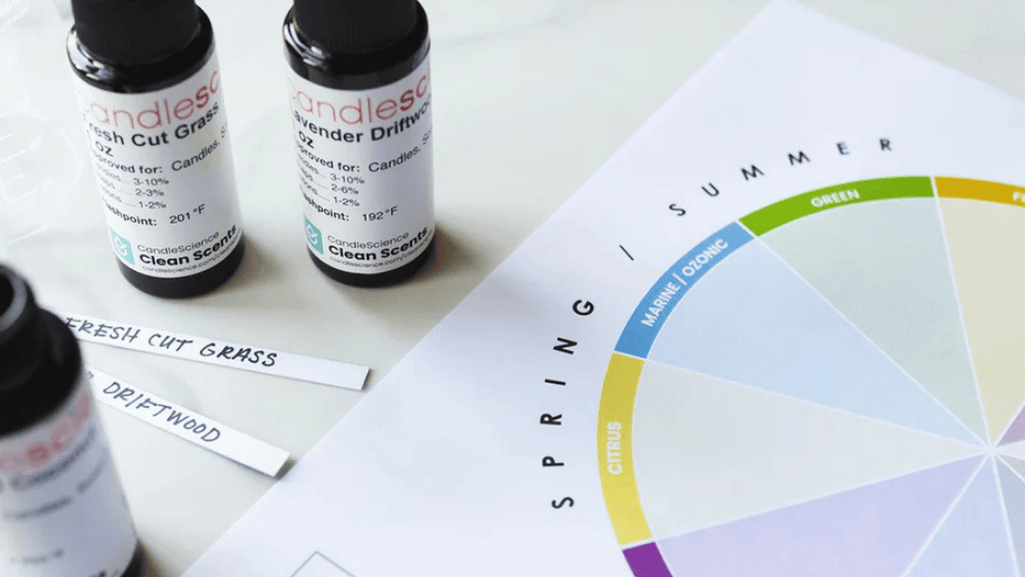
Understanding fragrance terminology is vital in navigating the perfume world. The world of fragrances features several commonly mentioned terms, including eau de cologne, eau de toilette, and eau de parfum, each with its distinctive concentration and characteristics.
Eau de Cologne
Eau de cologne is known for having the lightest concentration among these fragrance types. It typically ranges from two to four percent fragrance concentration. Eau de cologne, historically originating from Cologne, Germany, encompasses light and refreshing scents that are perfect for a revitalizing boost throughout the day.
Eau de Toilette
 Eau de toilette boasts a slightly higher concentration of fragrance oils compared to eau de cologne. Typically, it contains between five and fifteen percent fragrance concentration. Eau de toilette offers a versatile option with moderate longevity and intensity. Many popular designer and luxury brands often release their fragrances in eau de toilette formulations.
Eau de toilette boasts a slightly higher concentration of fragrance oils compared to eau de cologne. Typically, it contains between five and fifteen percent fragrance concentration. Eau de toilette offers a versatile option with moderate longevity and intensity. Many popular designer and luxury brands often release their fragrances in eau de toilette formulations.
Eau de Parfum
Eau de parfum showcases a higher concentration of aromatic oils, ranging from fifteen to twenty percent. This richness in concentration provides a longer-lasting and more intense sensory experience. Eau de parfum is favored for its luxurious and enveloping scents, making it a popular choice for special occasions or evening wear.
Additionally, perfume enthusiasts can explore perfume options with even higher concentrations, such as pure parfum or extrait de parfum. These formulations can reach up to forty percent fragrance concentration, delivering an exceptionally potent and long-lasting scent experience.
An Overview of Fragrance Terminology
| Fragrance Type | Concentration | Characteristics |
|---|---|---|
| Eau de Cologne | 2-4% | Light and refreshing scents, perfect for daytime wear |
| Eau de Toilette | 5-15% | Versatile option with moderate longevity and intensity |
| Eau de Parfum | 15-20% | Long-lasting and intense scents, suitable for special occasions |
| Pure Parfum (Extrait de Parfum) | Up to 40% | Exceptionally potent and long-lasting scents |
Tips for Making Perfume Last Longer
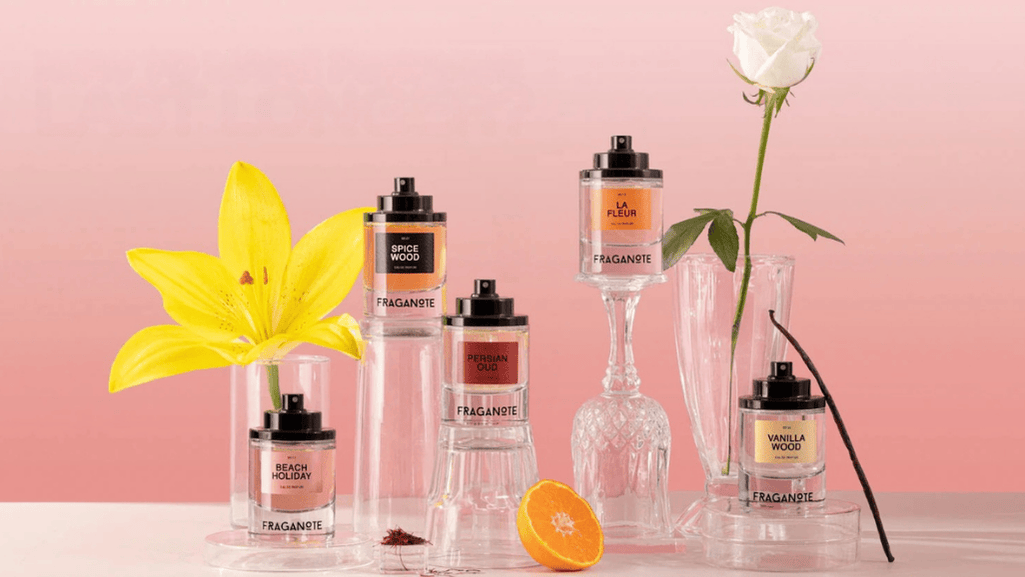
Want to ensure your favorite fragrance lingers throughout the day? Follow these simple tips to enhance the longevity of your perfume and enjoy its captivating scent for hours on end.
- Opt for Eau de Parfum: Choosing a perfume with a higher concentration of fragrance oils, such as Eau de Parfum, can provide a more potent and longer-lasting aroma. This allows you to enjoy the captivating scent for an extended period.
- Prepare your skin: Before applying perfume, moisturize your skin to create a hydrated base that helps hold the fragrance. Additionally, applying a small amount of petroleum jelly on pulse points, such as your wrists, neck, and behind your ears, can further trap and retain the scent.
- Apply strategically: To intensify the fragrance, apply it on pulse points. These areas naturally emit heat, helping to enhance the scent. The most common pulse points include the wrists, neck, and behind the ears.
- Proper storage: Storing your perfume in a cool, dark place can help maintain its integrity and prevent degradation. Exposure to sunlight and temperature fluctuations can alter the fragrance composition, leading to a shorter lifespan.
- Say no to shaking: Avoid shaking the perfume bottle, as this can introduce air into the liquid and potentially alter the scent formula. Instead, gently roll the bottle between your palms to mix the fragrance before application.
- Layer with matching products: To prolong the fragrance experience, consider using matching body products such as shower gels, lotions, or oils from the same perfume line. The layering effect can help enhance the overall scent and make it last even longer.
- Carry a travel-sized version: Keep a travel-sized perfume bottle in your bag for quick touch-ups throughout the day. This allows you to refresh the fragrance as needed and ensure a continuous and lasting scent.
By incorporating these simple tips into your perfume routine, you can prolong the life of your favorite fragrance and enjoy its captivating aroma from morning to night.
| Made to Last! | Requires Frequent Reapplication | |
|---|---|---|
| Eau de Parfum | â | |
| Eau de Toilette | â |
Table: Comparison of fragrance longevity between Eau de Parfum and Eau de Toilette.
Conclusion
Choosing the right perfume and implementing strategic techniques can greatly prolong the life of your fragrance. Understanding the differences between eau de toilette and eau de parfum, along with other fragrance types, empowers you to make informed choices about your scent. By properly preparing your skin, strategically applying the perfume, and storing it carefully, you can maximize its longevity.
Additionally, consider layering your perfume with complementary body products to enhance the overall fragrance experience. Refreshing your scent throughout the day with a travel-sized version ensures you leave a lasting impression from morning to night. By incorporating these fragrance tips into your routine, you can enjoy your favorite scents and make them last longer, adding an extra touch of sophistication and allure to your personal style.
FAQ
What is the difference between toilette and parfum?
The difference lies in their fragrance concentrations. Toilette, or eau de toilette, typically has a concentration between 8 percent and 12 percent, while parfum, or eau de parfum, ranges from 12 percent to 18 percent. Toilette is less concentrated, while parfum represents a richer and more long-lasting scent.
How do eau de toilette and eau de parfum differ in scent strength?
Eau de toilette has a lower fragrance concentration and is often lighter and fresher, making it suitable for daytime or office wear. Eau de parfum, on the other hand, is richer and more lasting, offering more depth and warmth.
What are the different fragrance types and their concentrations?
There are various fragrance types, including eau de cologne, eau de toilette, and eau de parfum. Eau de cologne has the lightest concentration ranging from 2 to 4 percent. Eau de toilette has a concentration of 5 to 15 percent, while eau de parfum boasts a higher concentration of 15 to 20 percent. There are also perfumes with even higher concentrations, such as pure parfum or extrait de parfum, which can reach up to 40 percent.
How can I make my perfume last longer?
To prolong the longevity of your fragrance, you can opt for eau de parfum, which has a higher concentration of fragrance oils. Preparing the skin by moisturizing and using petroleum jelly on pulse points can help trap and retain the scent. Strategic application on pulse points such as wrists, neck, and behind ears can intensify the fragrance. Proper storage in a cool, dark place and avoiding shaking the perfume bottle can also maintain its integrity. Layering with matching body products and carrying a travel-sized version for touch-ups throughout the day can enhance the overall fragrance experience.
What should I consider when choosing between eau de toilette and eau de parfum?
When choosing between the two, consider factors such as temperature and time of year. Eau de toilette may be more comfortable in humid and hot climates, while eau de parfum can provide more warmth in cooler weather.
How can understanding fragrance terminology help?
Understanding fragrance terminology allows individuals to make informed choices when selecting perfumes. It helps them decipher the concentration of aromatic oils in a fragrance and the expected strength and lasting power of the scent.
What are some tips for prolonging the life of a fragrance?
In addition to choosing a higher concentration fragrance like eau de parfum, you can prepare your skin by moisturizing and applying petroleum jelly on pulse points. Strategically applying the perfume on pulse points, proper storage, layering with matching body products, and carrying a travel-sized version for touch-ups throughout the day can also enhance the longevity of your fragrance.




